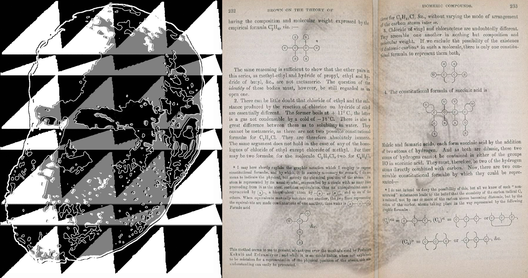Alexander Crum Brown1838–1922
The 1870s was the decade of added interest in eye movement research because of its assistance in determining semicircular canal function. Post-rotational eye movements were measured and related to hydrodynamic theory, which was proposed independently by Mach, Breuer, and Crum Brown. He based his analysis of semicircular canal function on thresholds for detecting body rotation on a revolving stool; the thresholds were lowest when the head was positioned so that one of the semicircular canals was in the plane of rotation. He also proposed that the contralateral canals operated as a pair rather than independently. Afterimages were employed by all of them for examining post-rotational eye movements. The clearest descriptions of eye movements during and following body rotation were given by Crum Brown, who provided diagrams of the steady head and jerky eye movements. He was able to record the slow movements of the eyes and their rapid return (nystagmus) during body rotation, as well as the adaptation that occurs; the saw-tooth patterns shown on the left of the illustration with his portrait are derived from his diagrams published in 1878. Crum Brown recognised that such discontinuous eye movements were not confined to post-rotational nystagmus, and despite what we might feel, our eyes always move by these jerks as we look around the world. Crum Brown gave a graphic description of eye movements in general: “We fancy that we can move our eyes uniformly, that by a continuous motion like that of a telescope we can move our eyes along the sky-line in the landscape or the cornice of a room, but we are wrong in this. However determinedly we try to do so, what actually happens is, that our eyes move like the seconds hand of a watch, a jerk and a little pause, another jerk and so on; only our eyes are not so regular, the jerks are sometimes of greater, sometimes of less, angular amount, and the pauses vary in duration, although, unless we make an effort, they are always short. During the jerks we practically do not see at all, so that we have before us not a moving panorama, but a series of fixed pictures of the same fixed things, which succeed one another rapidly”. Crum Brown was a chemist at the University of Edinburgh. He is best known for introducing the modern method of symbols connecting atoms in organic chemistry, and the portrait on the right shows his description of chemical bonds.
